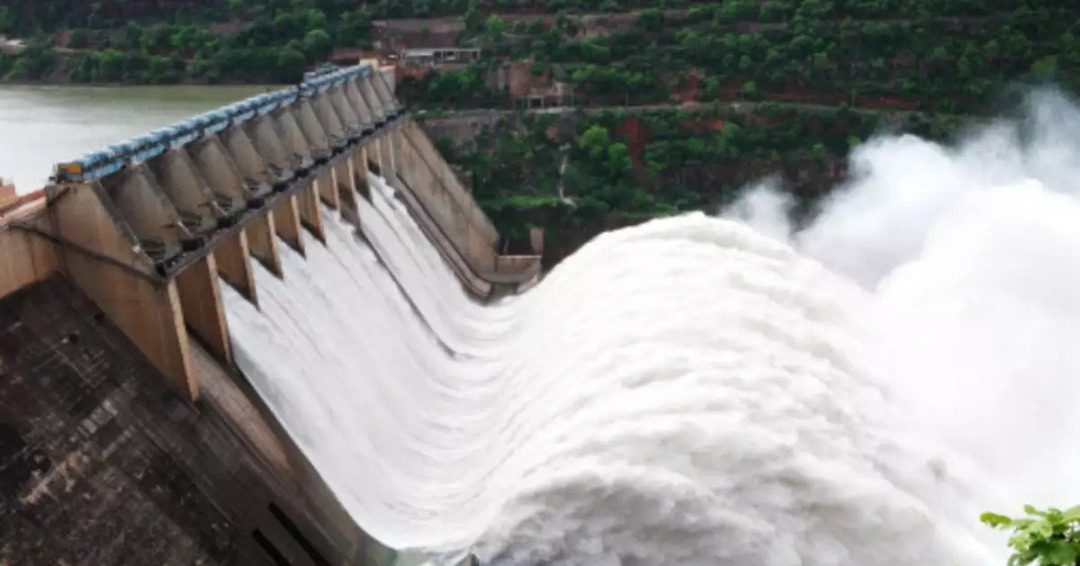(Jacob Koshy is a journalist with The Hindu. The article was first published in the print edition of The Hindu on August 28, 2021)
- Following the break in the Raunthi glacier that triggered floods in the Rishiganga river in Uttarakhand on February 7, which washed away at least two hydroelectric power projects — the13.2 MW Rishiganga hydroelectric power project and the Tapovan project on the Dhauliganga river, a tributary of the Alakananda — environmental experts have attributed the glacial melt to global warming. Glacier retreat and permafrost thaw are projected to decrease the stability of mountain slopes and increase the number and area of glacier lakes. Climate change has driven erratic weather patterns like increased snowfall and rainfall. The thermal profile of ice, say experts, was increasing, which means that the temperature of ice that used to range from -6 to -20 degree C, was now -2 degree C, making it more susceptible to melting. It was these changing phenomena that made infrastructure projects in the Himalayan regions risky, and made expert committees recommend that there should be no hydropower development beyond an elevation of 2,200 metre in the Himalayan region. Moreover, with increased instances of cloudbursts, and intense spells of rainfall and avalanches, residents of the region were also placed at increased risk of loss of lives and livelihood.
Also Read: Zucking the Notion of Free Speech: Facebook’s problem is its business model – TOI


